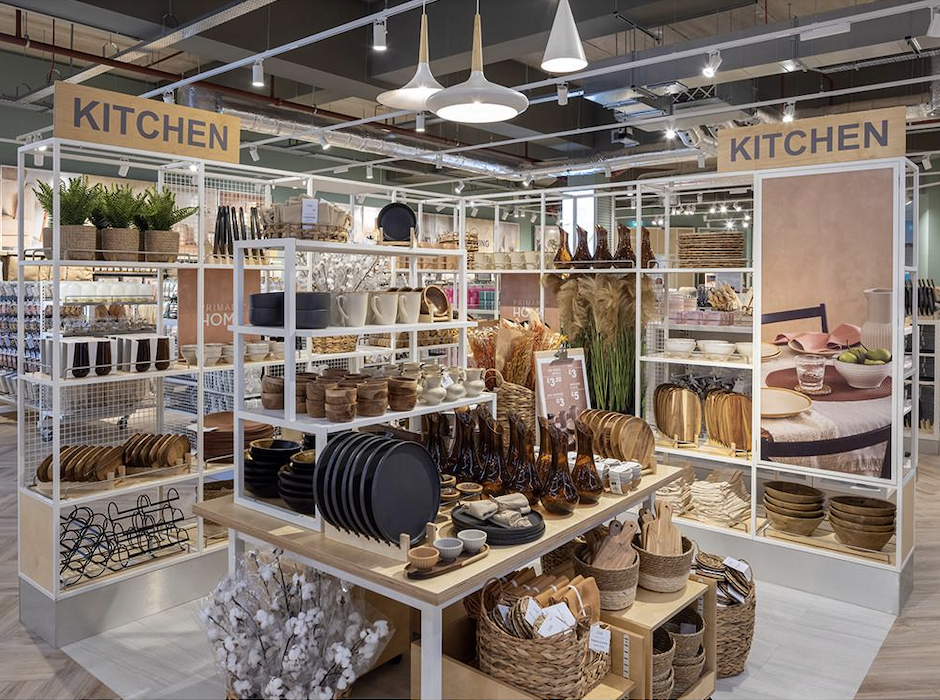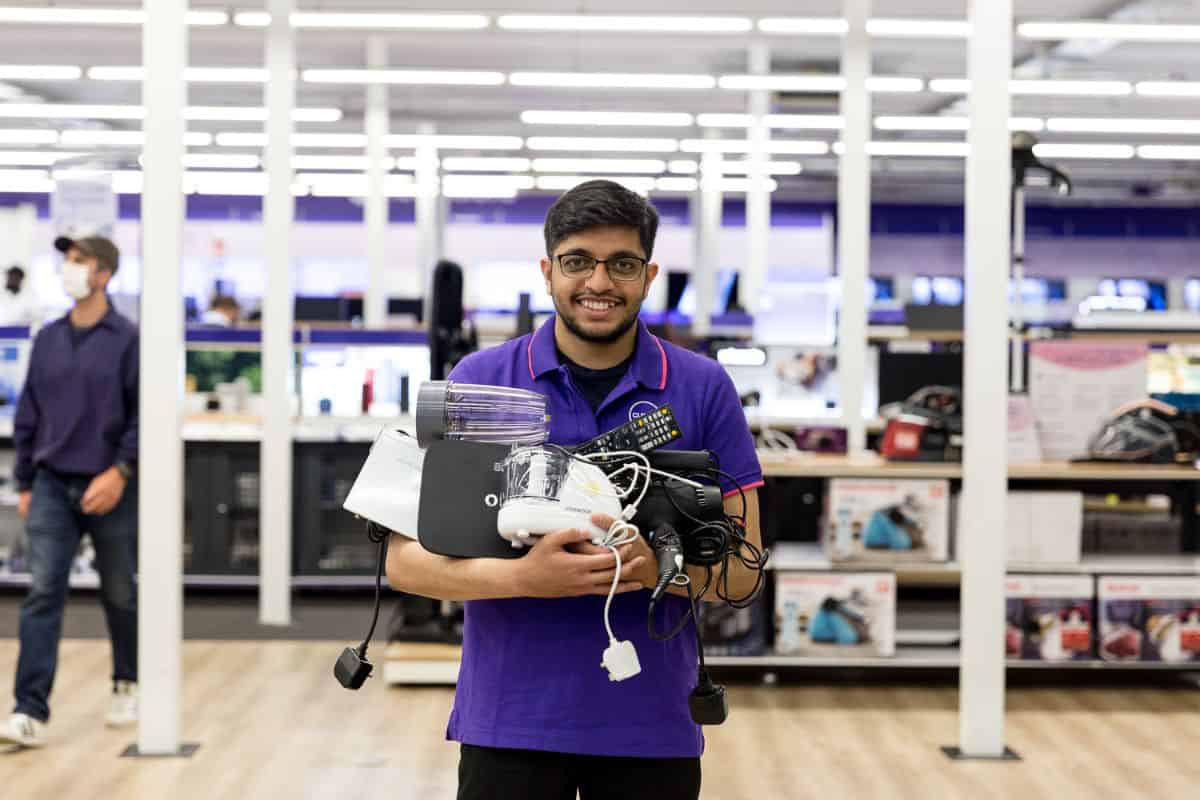Marks & Spencer has had its problems in recent years, with poor performance and criticism from the fashion pundits. With clothing sales in the last quarter of 2016 showing growth for the first time in two years and an extensive programme of store rationalisation underway, CEO Steve Rowe is determined to achieve a turnaround. “There is lots more to do,” he said in January. “This is a self-help story. There is still lots that needs fixing. We are on a journey and the customer is starting to respond but we will stick to our knitting.”
That turnaround also embraces a multichannel approach, with M&S now calling itself a “connected retailer”. In sales terms, it still has some way to go, with M&S.com UK and international sites accounting for just 8.5% of total sales in its last financial year, an increase of 23.4% year-on-year.
Central to the strategic plan is the company’s need to understand and engage more closely with customers. As Rowe put it in the company’s latest annual report, “The only time we have stumbled as a company is when we’ve become introverted, lost sight of the customer or failed to keep pace with modern living.”
M&S has now analysed its customer base and found that 54% are over 50. It has also classified shoppers into three groups: ‘occasional’ , ‘core’, and ‘top’, the latter being brand enthusiasts who make more than 100 store visits every year. Improving customer engagement and converting more of the ‘occasional’ to ‘core’ is key.
Central to this strategy is Sparks – a loyalty scheme introduced in October 2015. “Customers tell us they want to ‘be part of something special’,” said executive director, Patrick Bousquet-Chavanne, at the launch, “and that’s exactly why Sparks is a club. As a member, you are more than a customer and you’ll get the most from M&S, with tailor-made offers, priority access and invites to exclusive events.”
In its first six months, 4m shoppers signed up for Sparks and the ‘club’ also helped increase visits to the M&S website, up from an average 6.5m visits per week when it launched to 11.5m per week six months later. While Sparks cards can be picked up in-store, shoppers need an M&S.com account in order to register the card and start collecting. As M&S says, “Sparks helps us to increase members’ frequency of purchase, encourages shopping between channels and incentivises cross-buying.”
It also increases online activity, since targeted offers can only be accessed via an app or online and card holders can earn ‘sparks’ (points) not only from transactions but also by posting reviews on the website. Rather than exchanging ‘sparks’ for the usual loyalty discount vouchers, they need to be saved to access increasingly attractive rewards, from invitations to catwalk shows to visiting an M&S vineyard. Sparks, plus that better understanding of its customers, might just help Rowe achieve his aims for M&S.






